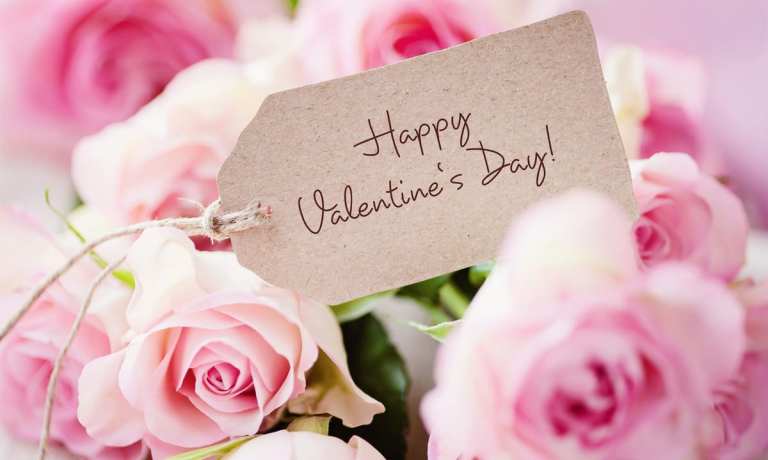
Saying “I love you” on Valentine’s Day 2022 is opening hearts and wallets a bit more as everything from flowers to candy to a romantic restaurant is premium priced this year.
Because few forces are more powerful than love and commerce, pricing isn’t stopping Americans from expressing their affection, despite supply shortages and other barriers.
The National Retail Federation (NRF) estimated Americans will spend almost $24 billion on Valentine’s Day gifts this year, nearly 10% above the $21.8 billion spent last year.
On Jan. 31 the trade association released its Valentine’s Day spending outlook, with NRF President and CEO Matthew Shay saying, “Following the historic level of consumer spending over the winter holidays, it appears that the trend will continue into 2022.”
In its breakdown, the NRF found that candy is love for 56% of consumers, greeting cards 40%, and flowers 37%. “Nearly a third (31 percent) of respondents plan to gift an ‘evening out’ this year, up from 24 percent in 2021 and just slightly below pre-pandemic levels, for a total of $4.3 billion. Almost a quarter (22 percent) will opt to gift jewelry to a special someone.”
Spending on jewelry is expected to hit a highpoint in the history of the annual survey, estimated to rise to $6.2 billion compared to the $4.1 billion lovers spent on jewelry this time last year.
See also: Gen Z Demand, Huge Bouquet Bundles Will Offset Valentine’s Day Headwinds
The NRF pegs average 2022 spend at $175.41 per person, beating the $164.76 spent in 2021, adding that “Online continues to be the most popular shopping destination for Valentine’s Day this year, visited by 41 percent, followed by department stores at 32 percent, discount stores at 28 percent, local small businesses at 18 percent and florists at 17 percent.”
It can’t be called unexpected. Independent retail florists took a hit during the pandemic along with other mainstay Main Street small businesses.
The New York Times reported on Feb. 2 that “Labor shortages have affected the industry. After demand dropped in 2020, farms and wholesalers let go of employees, including harvesters and salespeople. Other workers left their jobs as a ripple effect of lifestyle changes brought by the pandemic.”
With an estimated 28% of flowers imported to the U.S. and pandemic changes in domestic growing pushing out flower production for cash crops including cannabis combining with inflation at a 40 year high, courtship is challenged on several fronts, but apparently undimmed.
For the restaurant sector, Feb. 14 is the second biggest day on the calendar after Mother’s Day. Coming the day after Super Bowl Sunday this year complicates the dining outlook slightly.
See also: American Consumers Expected to Spend $175 Each for Valentine’s Day
On Feb. 7, industry news site Restaurant Business reported, “Although half of Americans plan to celebrate Valentine’s Day this year, restaurants shouldn’t count on a rush,” adding “only 43% of celebrants plan to go out to dinner compared to 69% who said that pre-pandemic.”
Restaurant reservation platform OpenTable said, “After nearly two years of celebrating at home, Valentine’s Day outings are much overdue, with survey findings revealing 34% of US adults who celebrate the holiday haven’t dined out for Valentine’s Day since before 2019.”
OpenTable unveiled its 100 Most Romantic Restaurants in America list, ranking “the most intimate culinary destinations” based on diner reviews, plus a Valentine’s Day Experiences hub where lovers of food and other people can personalize their culinary rendezvous.
See also: 1-800-Flowers.com Announces Valentine’s Day Gifts and Experiences